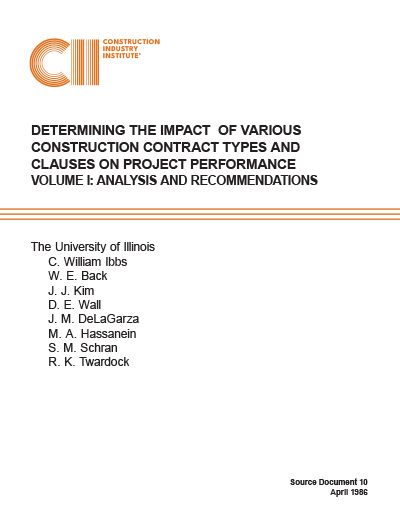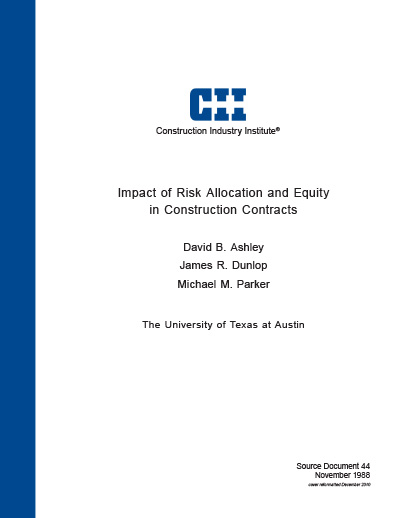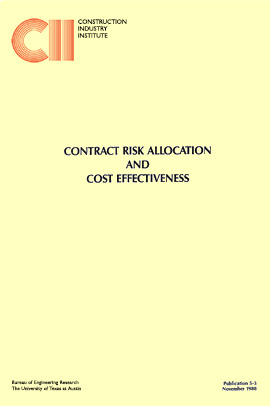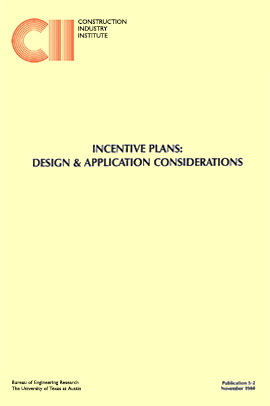
Determining the Impact of Various Construction Contract Types and Clauses on Project Performance, Volume I: Analysis and Recommendations
This study has successfully demonstrated the importance of thoughtful and meticulous contract preparation as a way to achieve improved project performance. Owners and contractors alike will benefit by taking a more discerning approach to the contractual arrangements of their projects. Although the analysis has already provided many suggestions for contract improvement, it is important to note that nine specific clauses were consistently identified as being problematic and as having a statistically significant impact on project performance. These nine clauses are presented in Table 9-1 according to their relative importance as indicated by the various "tests" conducted in this research.
Note that Tables 4-2 and 9-1 are quite similar in that eight of the nine clauses in each are the same. The difference between these two tables is that the first is a summary of important clauses for all contract types and all parties aggregated together. Table 9-1 on the other hand, is a summary of the important clauses as identified by the separate, more specific tests discussed in this manual. The similarity of these tables underscores these clauses as being all the more important since they are significant from such a wide variety of perspectives.
It should be remembered that no contract can account for every possible situation. These recommendations are just a small sample of the items that should be considered when preparing change clauses. Only those problem areas brought out by the analysis have been addressed. Presumably other parts of these clauses are “boiler plate,” widely understood and accepted. These suggestions should be considered on a case-by-case basis, modifying them to meet the needs of a particular situation.
In summary, to reiterate one crucial point, the research has pointed out that in many cases any problem or effectiveness associated with a specific contract clause has not so such to do with the clause per se as with what the clause stands for. That is, the clauses cited as problematic in this analysis are not defective in their precise wording so much as in what they were intended to accomplish. A good example would be the clause “Supporting and Included Documents.” The confusion surrounding it generally derives more from what standards and documents are to be part of the contract and what they dictate than with the exact wording and legal interpretation of the phrasing of the clause. Whether referred to as the spirit or intent of the clause, or even as pressure points, it should not be forgotten that this is very often the fundamental cause of any contractual clause dispute. Future research is needed to identify the motivations and methodologies used by successful project managers to erect their projects.



